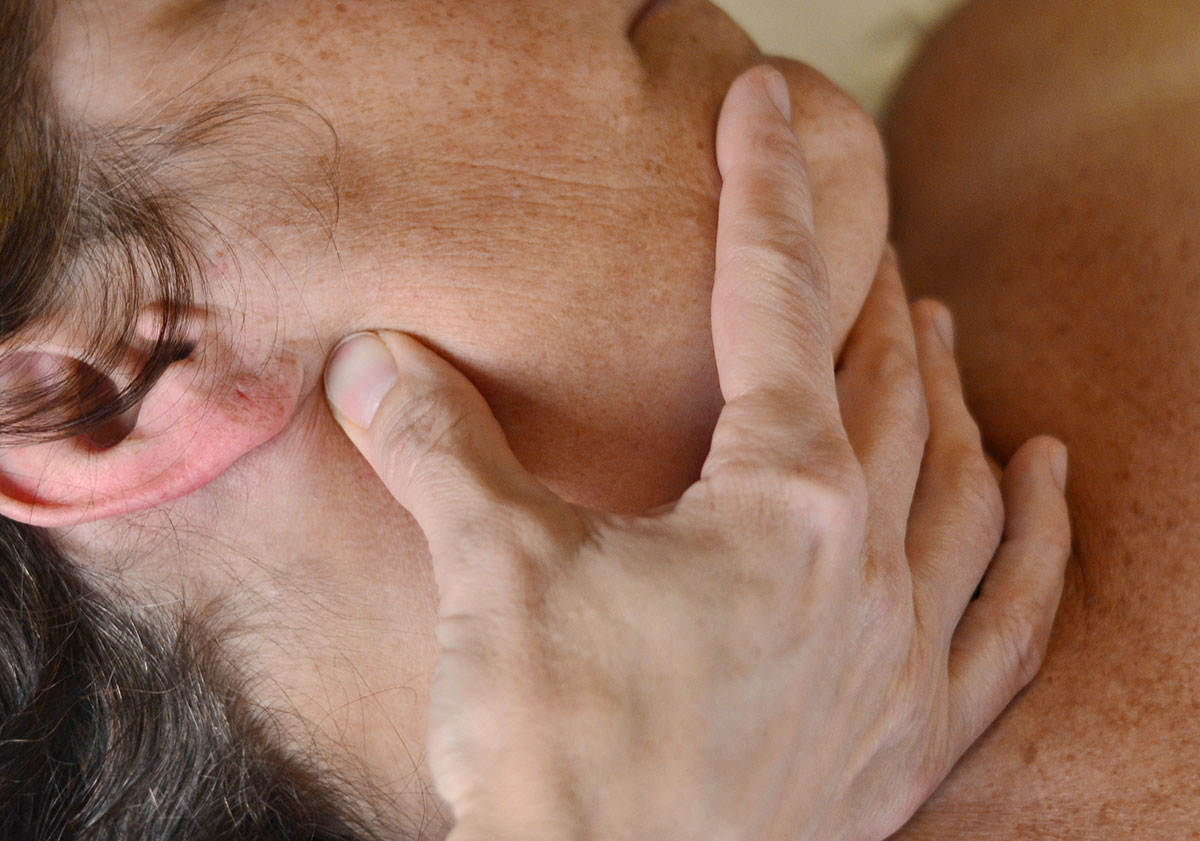What Are TMJ Disorder Symptoms?
Posted On 2/19/2018 12:00:00 AM by Bruce Kanehl

The TMJ, or temporomandibular joint, is both important and problematic. Essentially, it’s the joint that connects the skull to the jaw and helps with everything from chewing, yawning and speaking. However, it’s also a problematic joint, as up to 10 million Americans are estimated to have some degree of TMJ disorder, which can cause pain and discomfort around the joint.
TMJ disorder is tricky as symptoms and severity vary by individual. For some, the pain may come and go. For others, more regular treatment may be necessary to alleviate symptoms.
How do you know if you may be experiencing TMJ disorder? Let’s take a look at some of the common symptoms:
Symptoms of TMJ Disorder
TMJ disorder can derive from one or more sources, including genetics, facial injuries or other medical conditions such as arthritis. Here are some of the symptoms to watch out for if you suspect you may be experiencing TMJ disorder:
- Jaw pain or tenderness
- Headaches
- Neck or shoulder pain
- A ringing of the ears (tinnitus)
- General facial pain or tenderness
- A clicking or popping sound when the jaw opens/closes
- Cracked, chipped, loose or broken teeth
- Teeth clenching (or bruxism)
- A locking of the jaw joint or limited opening of the mouth
Treating TMJ Disorder
The good news about TMJ disorder is that for most people, pain and discomfort can be fairly easily managed. For some patients, any pain or discomfort is only temporary. Here are some of the leading treatments for managing TMJ pain:
Wait it out:
Like we said, for many, TMJ pain is only temporary and goes away over time when people take measures to limit any strain placed on the jaw.
Over-the-counter pain medication:
Over-the-counter pain medication, like ibuprofen (Advil) or naproxen (Aleve) is often enough to provide at least temporary relief from TMJ pain. Your dentist may also prescribe painkillers.
Oral devices:
It’s hypothesized that TMJ pain may arise from the likes of teeth clenching and/or malocclusion. Due to this, a common treatment method is orthodontics, or administering splints or mouth guards for patients to wear.
Massage:
If TMJ disorder pain is thought to be muscular, regular massaging of the joint can help to loosen up the muscles and relieve pain. On a similar note, some might find that performing exercises to strengthen the joint can prove beneficial to overcoming issues.
Hot/cold Treatment:
Applying heat to the TMJ can also help loosen muscles and relieve pain. If there’s swelling around the joint, icing it can help reduce it.
Surgery:
This is typically a last-ditch resort that is only explored after the above treatments don’t provide adequate relief for a patient.
Talk to Your Dentist About TMJ Pain
TMJ disorder is no laughing matter, which makes getting it diagnosed and having it treated important. For more information on symptoms associated with TMJ disorder and treatment options, contact Kanehl Dental today.
Bruce A. Kanehl, D.D.S.
7933 Baymeadows Way #5
Jacksonville, FL 32256
(904) 731-2162
To learn more about how we can make you smile, request a consultation today.
Dr. Kanehl is one of a select few in the Jacksonville area to be a member of the American Academy of Dental Sleep Medicine and to treat sleep apnea with oral appliance therapy.




